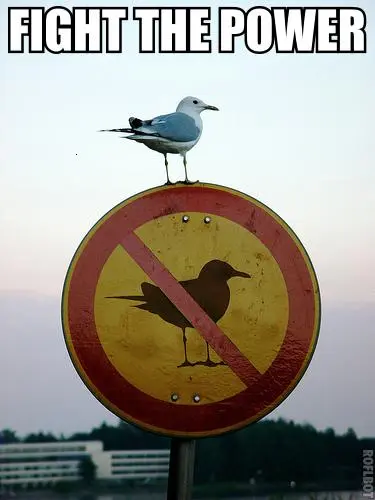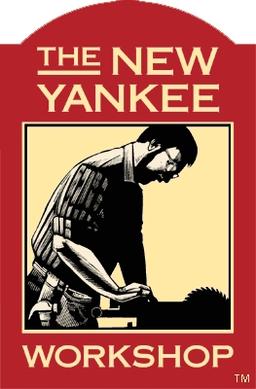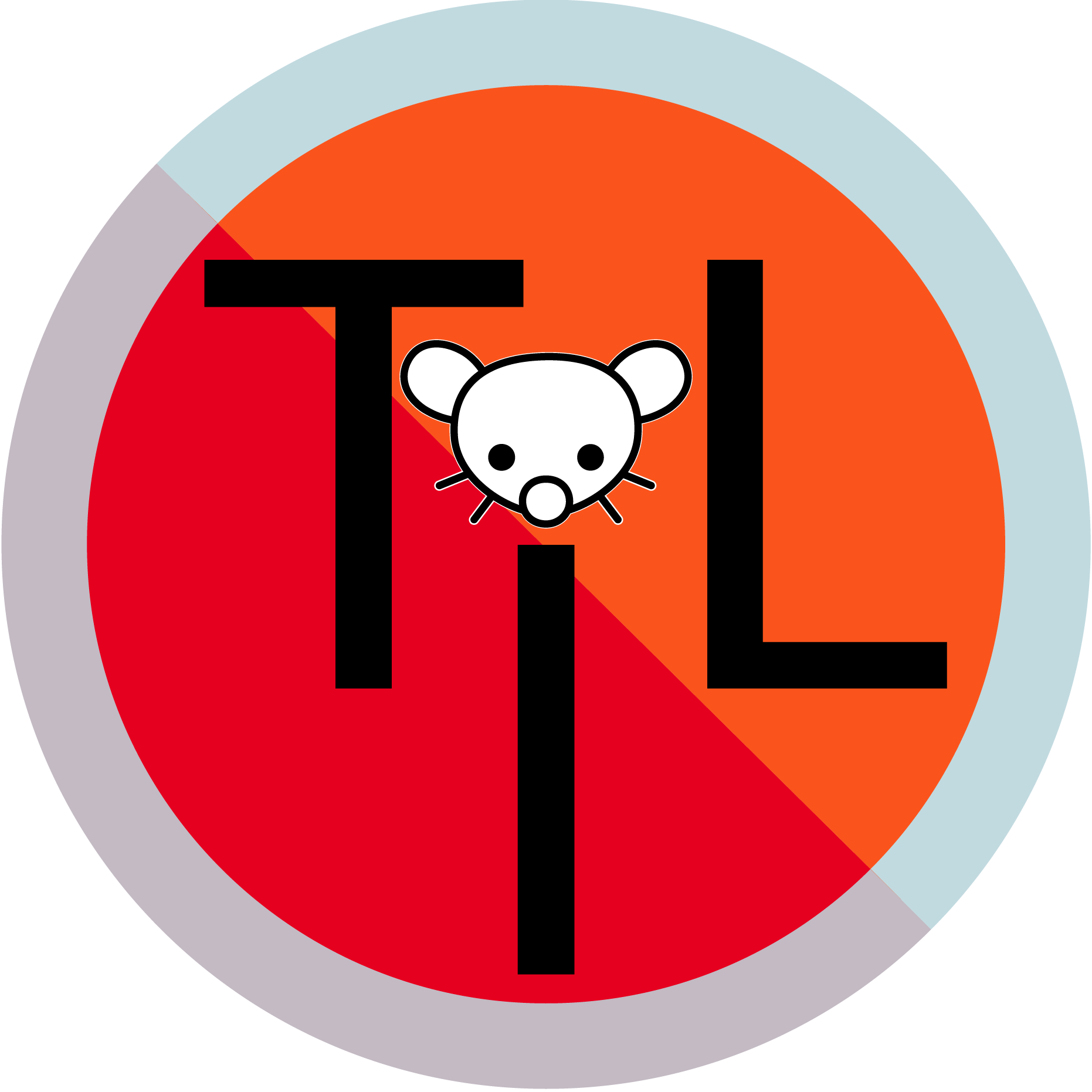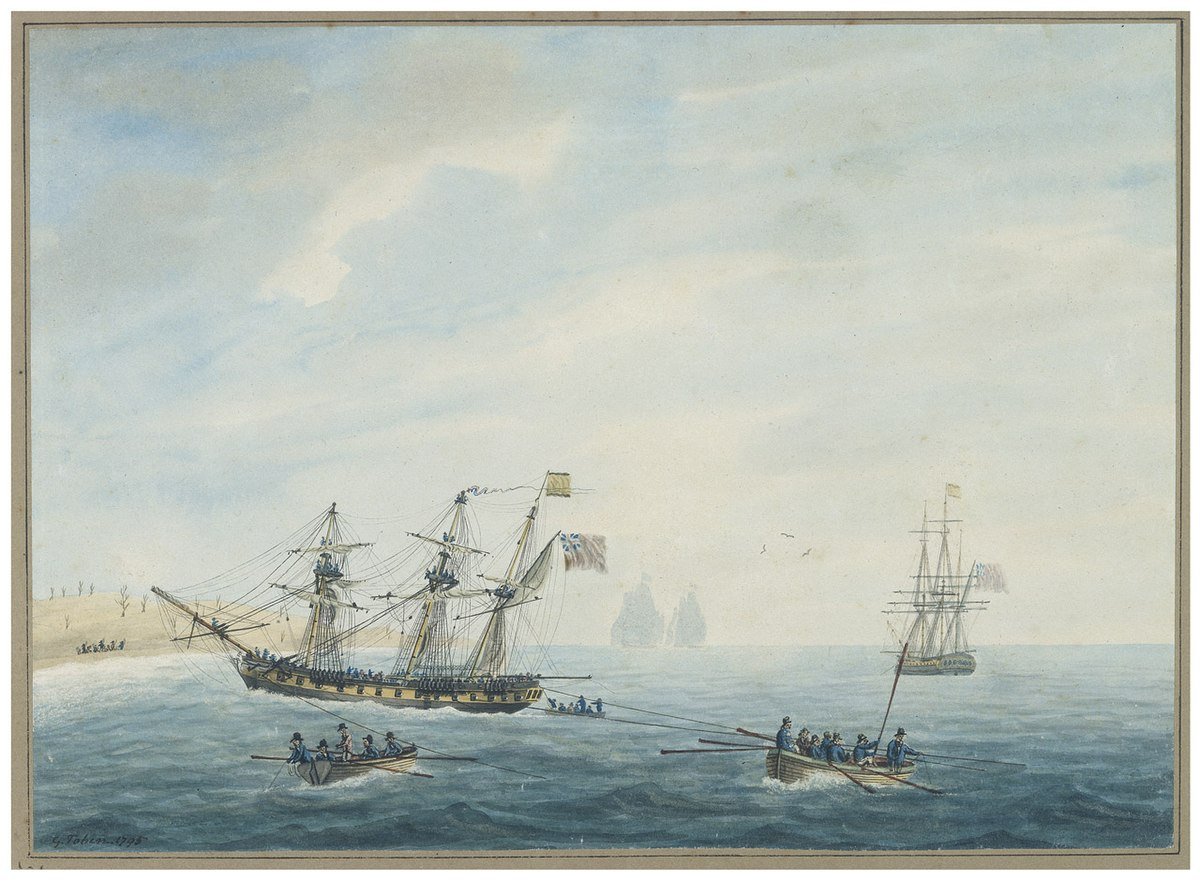The hero’s party quit and now everybody expects me to kill the demon King.
✺roguetrick✺
- 14 Posts
- 2.96K Comments

 14·il y a 1 jour
14·il y a 1 jourBy energy infrastructure improvements you’re talking about building houses and installing solar panels in places that nobody can live in because the only jobs are building houses and installing solar panels right? Because if ridgeline wind turbines, rail electrification and improvement, and grid backbone power lines are what you’re talking about I don’t think that’s in the bill.

 27·il y a 2 jours
27·il y a 2 joursI’m extremely skeptical as to the impact on these investments in the first place. Retraining workers to install solar panels and drywall and building a solar panel installation warehouses in an area that doesn’t have the economic engine to buy this new construction seems extraordinarily backwards. It’s like a free market version of China’s ghost cities but worse because you don’t even get actual infrastructure from it.

 4·il y a 3 jours
4·il y a 3 joursUsed to be a big kbin thing.
Sperm whales are apex(orcas will target calves but they stay the hell away from bulls) but they don’t hunt their monstrous cephalopod prey(which in any sane ecosystem would be apex themselves) with eyes.

 5·il y a 4 jours
5·il y a 4 joursImperial palace intrigue is a fun genre I guess. I liked The Apothecary Diaries.

 1013·il y a 4 jours
1013·il y a 4 joursVolunteer to get basic training out of the way for when they gotta draft you. What’s with the cryptic nature of this? It should be obvious what a 10 month service stint is really for. Macron continues to attempt to be as illegitimate as possible by boldfaced lying on a point that it’s frankly bizarre to lie about. Nobody joining is under any illusion they’ll be anything but a reservist.

 75·il y a 4 jours
75·il y a 4 joursTo be clear: this data comes from an agentic AI simulation.

 3·il y a 4 jours
3·il y a 4 joursYou always could deduct it through depreciation. This allows you to depreciate it in one year though to cover a big windfall instead of spreading it out. Then if you sell it that’s income you have to claim but you might not be in the highest bracket then.
Thank you for your angling content.
Homestuck, man, it’s always Homestuck.

 91·il y a 5 jours
91·il y a 5 joursYeah the whole reason we can’t account for it according to the wimp theory is that it doesn’t really interact with the EM force much so it would be impossible to see and kind of pass right through you even if you ran into it. When everything you use to see the universe both big and small is mediated by EM, completely missing something isn’t that surprising. More ghost matter than dark, really.

 34·il y a 6 jours
34·il y a 6 joursYEAH BROTHER, HOG CRANKING.

 5·il y a 7 jours
5·il y a 7 jourshttps://m.youtube.com/watch?v=kGeCeK85sUg
Crossed that last river Jimmy.

 1·il y a 7 jours
1·il y a 7 joursdeleted by creator

 9·il y a 8 jours
9·il y a 8 joursUse the clothes iron.
So you’re saying the prime nonmover exists both at the beginning and the end?
Takes puff and squits eyes.
That’s deep bro.
But nobody’s there to pull the switch to run everyone over, so the train barrels on into mathematical impossibility. Does the scenario create people ex nihilo to continue on? Does the simulation crash? We won’t know until we find out.












Severe bradycardia with clustered complexes and peaked p and t waves. May be a J wave with an undetected t wave indicating severe hypothermia along with maybe hypokalemia. Seek medical attention immediately.